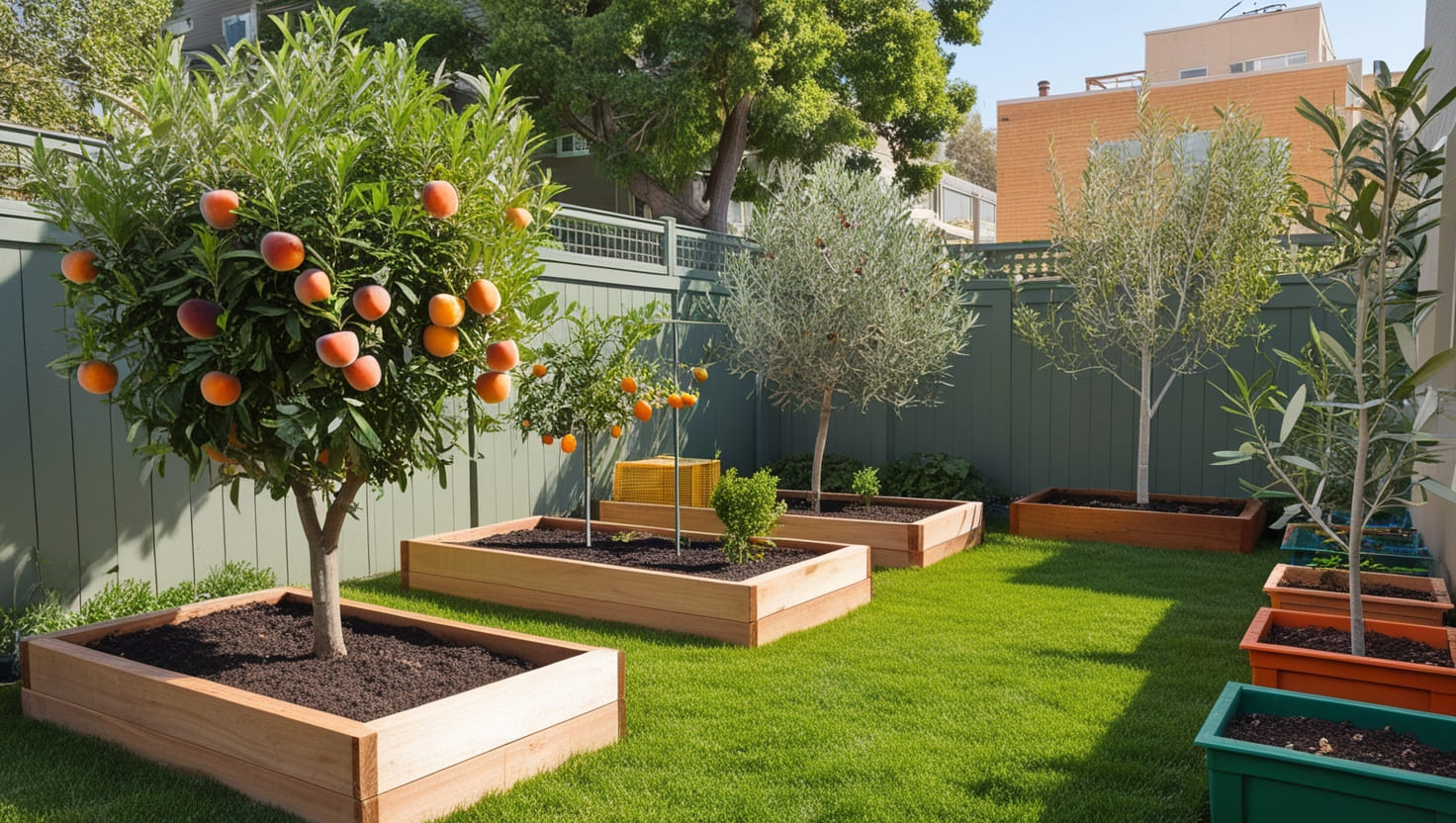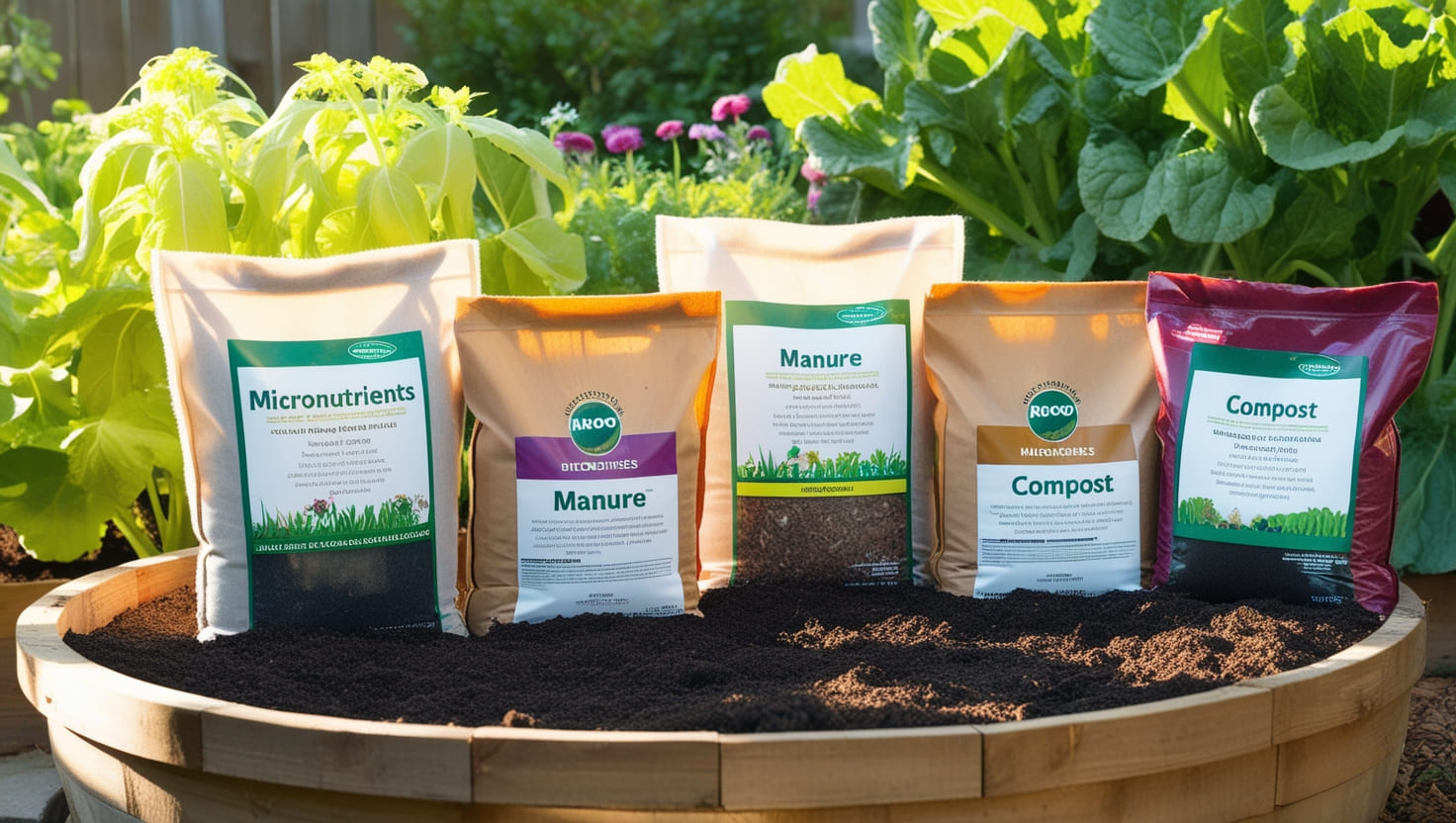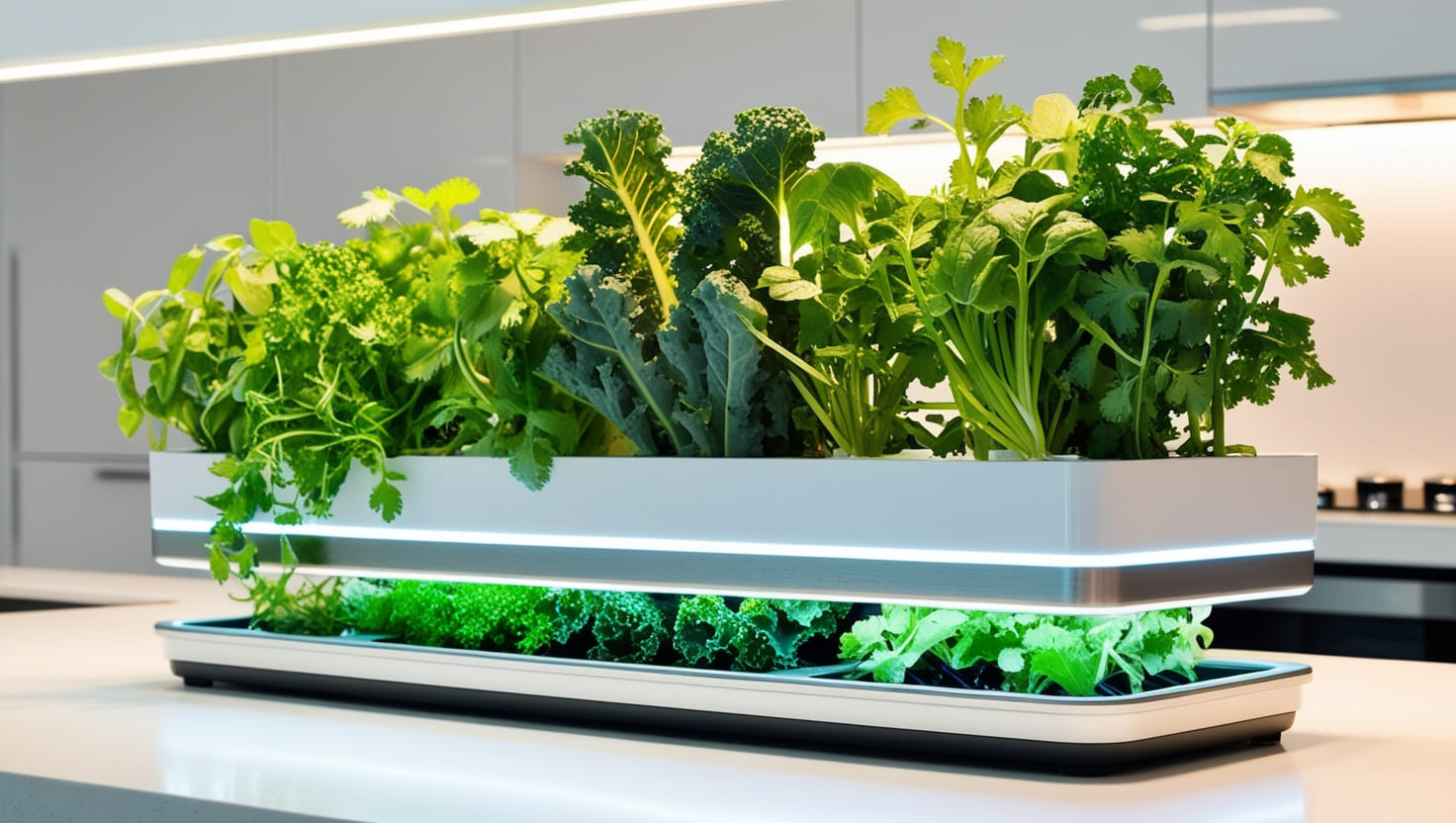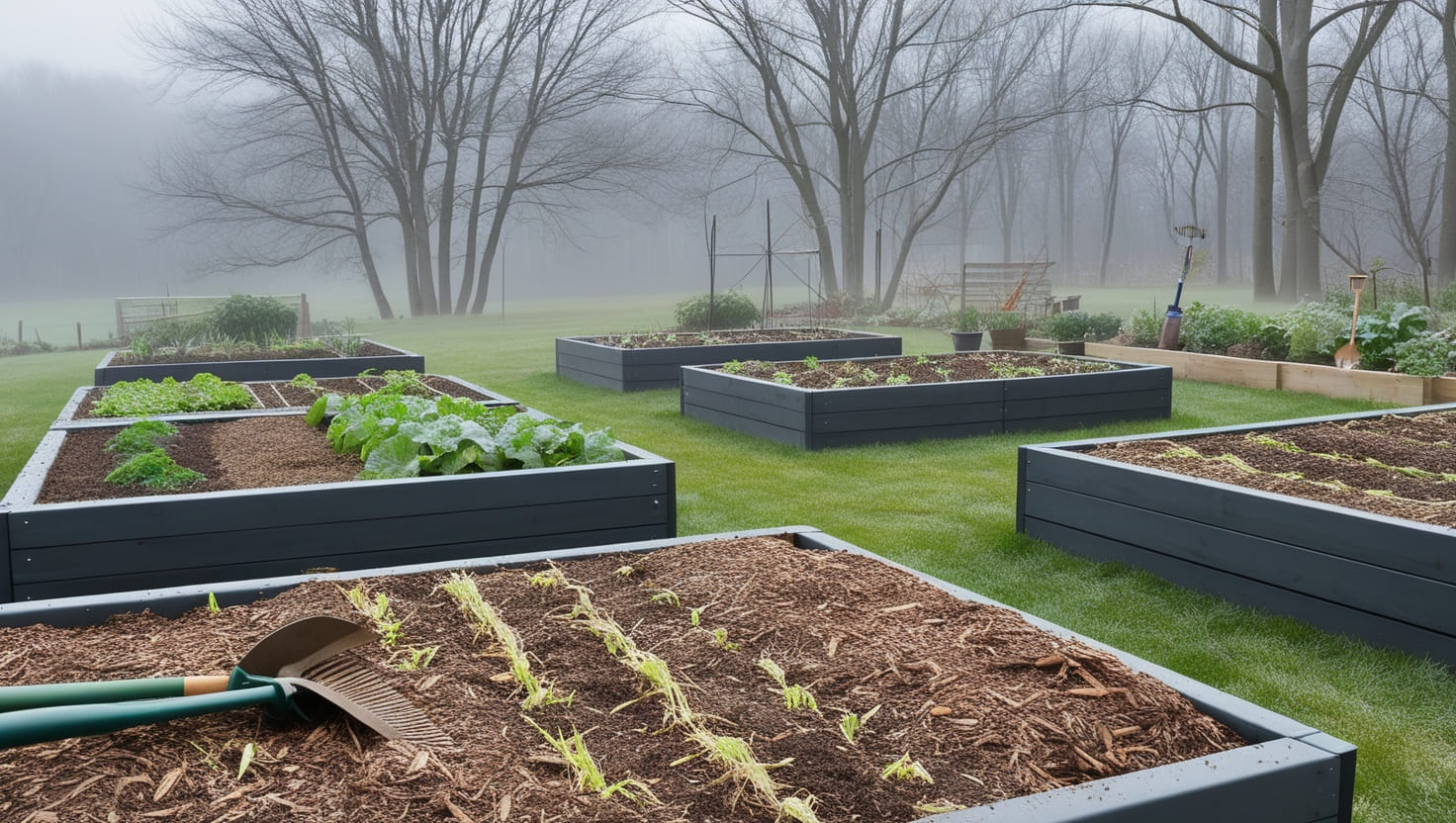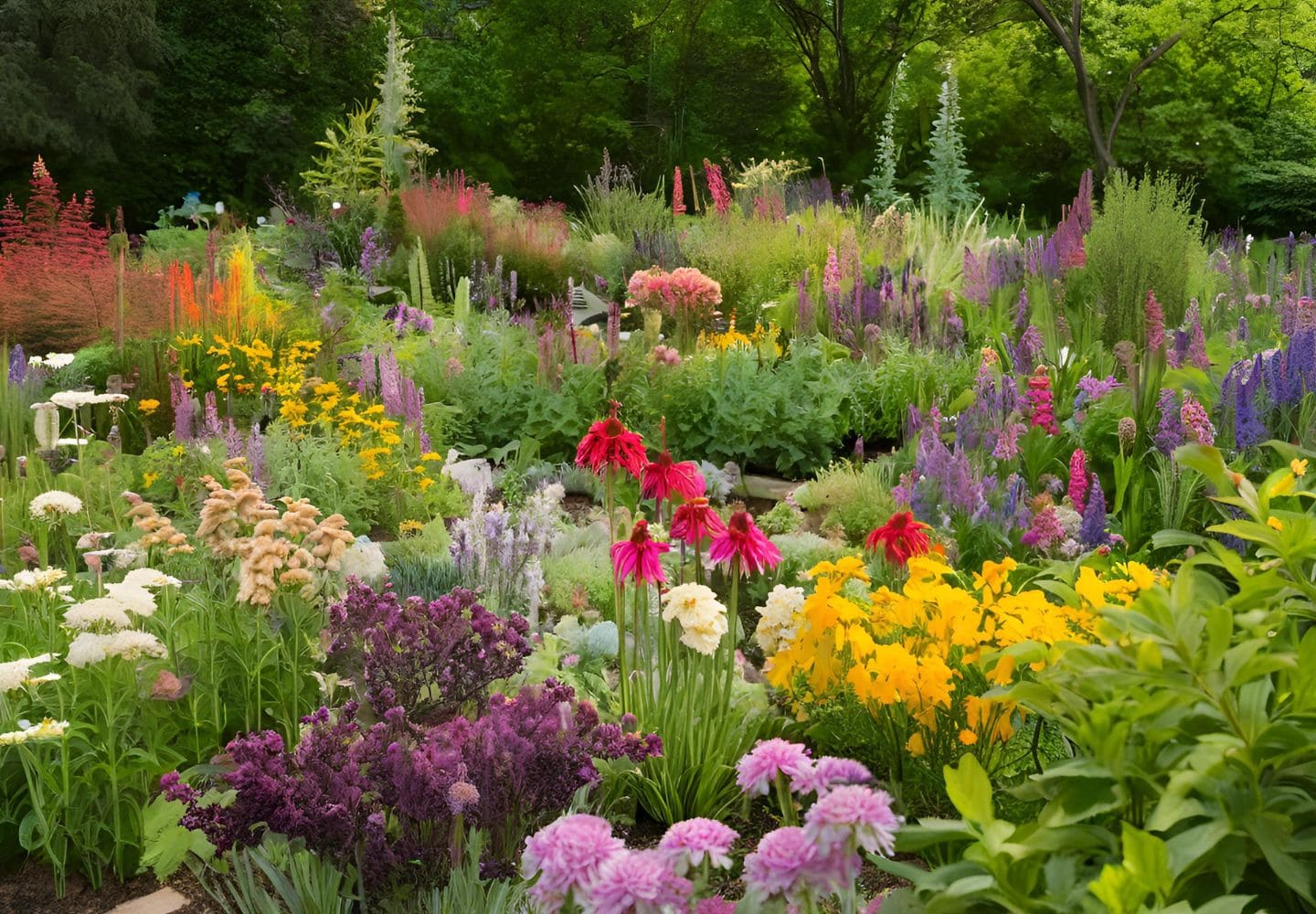
Introduction
Perennials: They are the gardeners dream — plants that come back year after year with minimal attention providing themselves in a display of color and texture. With perennials, you have a backbone for your garden that will not require replanting like those annuals. The following article will cover everything you need to know about perennial plants — from selecting the best varieties of perennials for your region, all the way through caring for them at every stage of life.
In the next two posts, I will do a guide on all those different types of perennials showing you how to plant them and what helping benefit perennials can give for your garden — also have in mind that we were used to get requests like: How one shall help with such plants as well? No matter whether you are just starting out with gardening or if you`re an experienced hand, this book is sure to help in their quest for fabulous perennials.
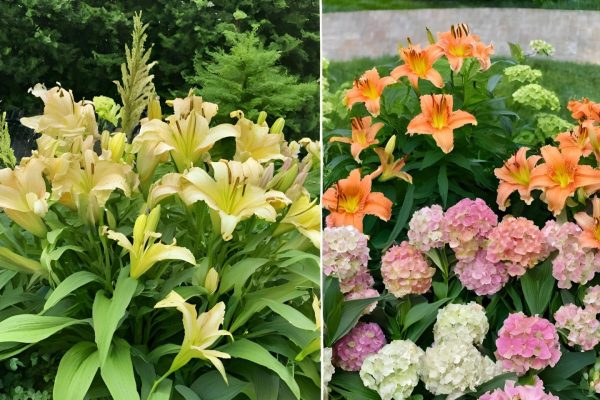
Types of Perennials
Two Types of Perennials: Herbaceous & Woody
Herbaceous perennials return each spring from their roots, and leaves usually die to the ground in winter; woody perennials may never (cornus), or only produce flowers on last year’s growth. Knowing these differences will inform you to make the plant selection choice that best fits your gardening requirements.
Popular Flowering Perennials
Flowered perennials such as coneflowers, daisies and daylilies also bring color to your garden. Taking time to provide non-stop blooms year after year, these plants give a great splash of color and cheer.
Foliage Perennials
Although many perennials flower, not all are grown for their flowers. Hostas and ferns are favorite plants for their mounding leaves that give off a nice different type of texture greenery in the garden beds.
Sun- Loving and Shade-Loving Perennials
Spread these sun-loving perennials out to allow them room, while interspersing those like astilbe that do best in the cool shade. Ensure that the plants live in a garden that has light.
Oriental Lily: Best Flowering Plants for Every Garden…Read more
Benefits of Growing Perennials
Low Maintenance
After perennials are established, they require very little work (only regular seasonal maintenance: pruning and the occasional fertilize).
Environmental Impact
Various perennial plants have deep roots that aid in reducing soil erosion and improving water retention while doing wonders into lessening the negative environmental impact of poor cultivation technique which is why these are eco-friendly selections for sustainable home gardens.
Year-Round Garden Beauty
By choosing the right plants there is no reason why you should be without colour and interest even in dead of winter. Texture and Structure: With a few exceptions, foliage perennials add rich texture even in the leanest off-seasons.
Choosing the Right Perennials for Your Garden
Understanding Climate Zones
The hardiness of perennials varies widely, so the biggest tip is to choose ones that are good for your USDA growing zone. These annuals guarantee they’ll make it through your winter.
Soil Types and pH Levels
Perennials need the appropriate soil structure as well, such that their roots get enough air and water. Before planting, do a soil test so you know what needs to be changed if anything.
Companion Planting with Perennials
By pairing perennials that work well together, you can encourage stronger growth and keep pests away. For example, yarrow and lavender deter insects that are harmful to each plant.
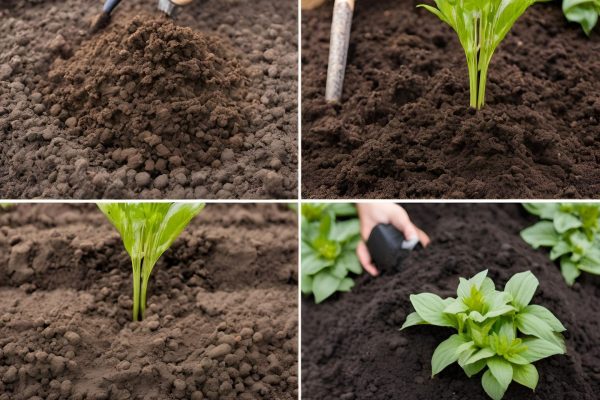
Planting Perennials
When to Plant Perennials
Perennials can be planted either in the spring or fall, when temperatures are cooler. That way, the plants have time to get their roots in place before they face mother nature’s harshest conditions of summer or winter.
Preparing the Soil
Cultivate the soil and prepare it by adding organic materials like compost for nourishment. Perennials grow well in soil with good drainage and high organic matter.
Proper Spacing and Depth
Planting of Perennials in Poor Soil — A Verb Too Late Most perennials should be merely set at the correct depth and planted, spacing them according to ultimate size so it does not get too crowded. When plants grow too close together, they crowd each other and compete for water, nutrients etc.
Consult the USDA Plant Hardiness Zone Map for climate-specific plant selection.
Watering and Fertilizing Perennials
Watering Needs by Type
Different perennial species need different amounts of water. Some, including sedum above, are drought tolerant and require little water; others such as astilbe below need to be planted in consistently wet soil.
Using Organic Fertilizers
If you want to go green, stick with organic methods such as compost or bone meal for your rose nutrition.
Signs of Overwatering or Nutrient Deficiency
Yellow leaves or root rot means the perennials are overwatered. On the other hand, symptoms of nutrient deficiencies are more often seen in poor growth or a lack of blossoms.

Pruning and Deadheading Perennials
Importance of Pruning
This is so perennials keep their shape, then there will be no old wood that can easily break and diseased or dying parts are gone at the end of winter.
When and How to Deadhead Flowers
Deadheading: This is the process of removing finished flowers for more flowering bush plants. This practice will gives a longer blooming period for many of the flowers.
Dividing and Propagating Perennials
Why Divide Perennials?
By dividing perennials every few years, you can ensure that they do not become overcrowded as well promote healthier growth and from time to divide plants in the garden propagate new plants using those you already have.
Best Time for Division
Perennials perform best when divided in early spring or fall. This gives them time to establish before harsh weather comes.
How to Divide And Propagate in 5 Simple Steps
Dig the plant from the ground with a sharp spade, dividing it into small sections containing roots. For optimal results, immediately replant those sectors.
Protecting Perennials from Pests and Diseases
Common Pests
Another problem you might encounter is pests like aphids, slugs and snails that love to nibble on your perennials. The issue can be easily treated if found in time.
Disease Prevention and Treatment
Fungal diseases, such as powdery mildew can become a problem with perennials. Avoiding these problems and to have good air circulation just put much better so do not watering overhead for this case.
Organic Solutions for Pest Control
Repel pests with neem oil, or plant ‘companion plants’ to attract insects which naturally kill the bugs that harm your garden.
Winterizing Perennials
Preparing for Cold Weather
Prune away dead leaves, apply mulch and place frost cloth over tender perennials in the winter.
Mulching and Insulating Plants
Mulching adds insulation to the soil, keeping it warm and helping maintain even moisture levels which in turn protects roots from dangerously cold temperatures.
Handling Frost-sensitive Perennials
Frost-sensitive perennials may need additional protection like bringing potted plants outside or using covers to protect during cold spells.
Different Styles of Gardens and the Best Perennial Choices
Cottage Gardens
Cottage gardens are all about color and wild abandon in the way of perennials. Plants like hollyhocks and delphiniums add to the charm of an old-fashioned appearance.
Xeriscape Gardens
For water conservation, drought-tolerant perennials such as lavender and Russian sage are perfect for xeriscape gardens.
Gardens for Wildlife and Pollinators
Perennials such as coneflowers, bee-balm and milkweed attract pollinators of all types which helps to support biodiversity in your garden.
Troubleshooting Common Problems
Poor Blooming
Failure to Bloom: Not blooming is the most universal problem of all perennial plants. This can be due to lack of correct water, sunlight incorrect or inadequate nutrient. Make sure that your plants are getting enough light for their needs. Apply fertilizer during growing season and ensure that the soil is never too dry.
Leggy Growth
Perennials get leggy because they are starved for light and start to elongate their stems searching for it. If you have a stretched out plant, make sure it gets enough light and regularly prune to encourage denser growth.
Yellowing Leaves
If your leaves are yellowing, it could be a sign of overwatering depending on the type of pot you used. Mix in compost or perlite to create better soil drainage, water less often, and add a balanced fertilizer for any nutrient deficiencies.
Companion Plants for Perennials
Ideal Pairings for Color and Texture
Putting perennials together with ohio plants of similar colors and textures can also increase the aesthetic value. Yarrow, which offers feathery leaves provides a nice contrast to the large hostas broad leafed and much of its bright colors in ( can ) be softened by juxtaposing staminate surrounds similar pastel cast lavender on daylilies.
Plants that Benefit Each Other’s Growth
Not only do some perennials look good together, but they also take care of each other. For instance, marigolds will repel harmful insects when planted near perennials; a larger plant can offer shade to more fragile plants that need less direct sunlight.
Sustainable Gardening with Perennials
Drought-tolerant Perennials
Sedum, lavender and coneflower all make good example of drought-tolerant perennials which by including a couple of in your garden is bound to spare you water. They are best suited for water-conserving, sustainable, and eco-friendly gardening.
Perennials for Pollinator-friendly Gardens
Planting bee balm, milkweed and echinacea are pollinator-friendly perennials that will help your garden support the local wildlife (bees, butterflies etc.) to thrive. These plants are important for pollination and adds to the health of ecosystem.
Future Trends in Perennial Gardening
New Hybrid Varieties
The plant breeding programs produced new perennial hybrids that are disease, pest and weather tolerant due to efforts in R & D. These new colors also tend to be available in combinations that bloom earlier or later (or throughout) the season than other old stand-bys, which endears them even more greatly to gardeners.
Climate Change and Perennial Gardening
As growing conditions change due to climate, the perennial gardeners are in search of plants that can tolerate uncertainties. Year-round growth is vital, and drought-tolerant perennials who withstand high temperatures carry great demand for the time being but those gardeners in cooler regions look toward hardier varieties to resist the cold.
Conclusion
Photo credit: Tim LudwigThese are all excellent qualities to strive for, and perennials are a great way to add them to any garden. With some thoughtful planning, care and maintenance suited to your garden climate and conditions in mind, you can have a thriving perennial garden year round. From establishing seedlings to planting herbs or vegetables, the ultimate secret of success is by understanding what each plant requires and putting it in an environment where they experience a difference.
In addition to creating a gorgeous landscape, incorporating perennials into your plantings helps sustainable gardening and the use of environmentally-friendly gardening practices. This is the season to start planning your perennial garden so that you can get years of enjoyment from it!
